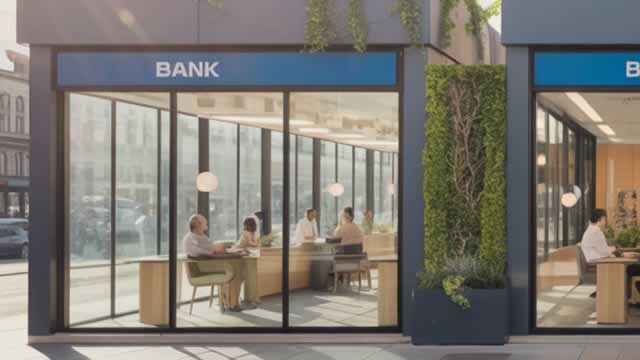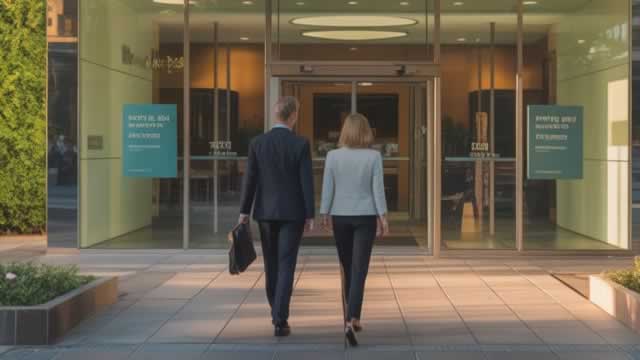
BCS
Barclays PLC
$22.79
0.41
(1.83%)
| Exchange: | |
| Market Cap: | 81.175B |
| Shares Outstanding: | 1.73B |
About The Company
| Sector: | Financial Services | |||||
| Industry: | Banks – Diversified | |||||
| CEO: | Coimbatore Sundararajan Venkatakrishnan | |||||
| Full Time Employees: | 93000 | |||||
| Address: |
|
|||||
| Website: | https://home.barclays |
Barclays PLC provides various financial services in the United Kingdom, Europe, the Americas, Africa, the Middle East, and Asia. The company operates through Barclays UK; Barclays UK Corporate Bank; Barclays Private Bank and Wealth Management; Barclays Investment Bank; and Barclays US Consumer Bank segments. It offers financial services, such as retail banking, credit cards, wholesale banking, investment banking, wealth management, and investment management services, as well as lending products. In addition, the company engages in securities dealing activities and issuing of credit cards. The company was formerly known as Barclays Bank public limited company and changed its name to Barclays PLC in January 1985. Barclays PLC was founded in 1690 and is headquartered in London, the United Kingdom.
Click to read more…
Revenue Segmentation
EPS
Earnings Call
Income Statement
(* All numbers are in thousands)
Balance Sheet
(* All numbers are in thousands)
Cash Flow Statement
(* All numbers are in thousands)
Analyst Estimates
(* All numbers are in thousands)







